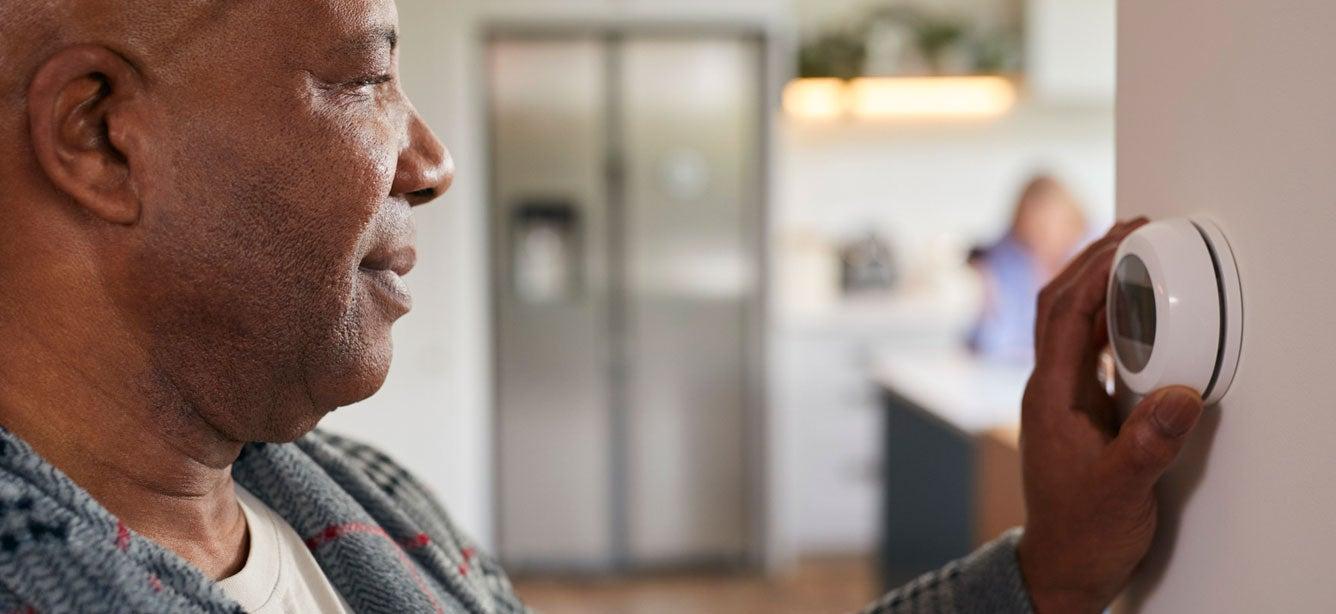How to Make It Easier for Older Adults to Get Energy and Utility Assistance
3 min read

Many programs can help older adults pay for their home energy (heating/cooling) costs and receive broadband Internet service. But older adults still must apply to receive help from these programs.
How to help older adults pay for home energy and broadband Internet costs
NCOA’s Benefits Enrollment Centers (BECs) have numerous strategies to help ensure that someone applying for the Low-Income Home Energy Assistance Program (LIHEAP) goes on to receive that benefit.
Getting copies of documents needed to apply for benefits
To receive LIHEAP in most states, older adults must produce several documents that prove their identity, income, and heating/cooling or utility cost burden.
Catholic Charities of Northern Nevada works with older adults to gather the appropriate documentation, makes copies, and use them to fill out the Low-Income Home Energy Assistance Program (LIHEAP) application form that the client then signs. Some tips they offer to get the paperwork easily for clients who may not have it on hand:
- Approach the landlord directly for a copy of the client’s current lease
- Have the utility company email the client’s most recent bill
- Use the automated system from Social Security to get a faxed copy of the client’s award letter (to prove income).
Catholic Charities of Northern Nevada hand delivers all documentation and the signed application to the LIHEAP intake office.
The turnaround for a determination is three weeks, and the BEC typically has a 95% approval rate if all documents are included with the application.
How to tracking LIHEAP applications online
Several BECs operate in states with online portals that permit them to submit and track applications on behalf of their clients. In New Mexico and Arizona, the Native American Disability Law Center creates accounts for their clients (including setting up an email address for those who don’t have one) in the state portals, which can be used to track LIHEAP, Supplemental Nutrition Assistance Program (SNAP), and Medicaid benefits applications.
Similarly, in Ohio, National Church Residences uses the Ohio Benefits Bank portal to submit the monitor application status. The portal was recently updated with easier navigation and a more visible area to upload documents with the understanding that applications that have documents uploaded will be processed more quickly by case workers.
Why building a relationship with case managers is important
Aster Aging, Inc. in Arizona has eased the process of applying for LIHEAP thanks to a strong relationship with Mesa Community Action Network (CAN) / Turn A New Leaf, which administers the program in their local area.
Aster completes the individual’s application, gathers the needed documentation, and then emails the information to Yvette, the case manager at Mesa CAN. Yvette typically gives Aster a status response to include award amount within hours of the application email; she also calls the applicant with the details and funding processes. In addition, Yvette assists Aster in answering questions and taking special cases as needed. Both Mesa CAN and Aster retain the application records, making the next annual application process very smooth.
Honestly, because of our relationship with MesaCAN and Yvette’s hard work, we have been able to navigate the benefit easily if participants are willing to accept other federal, state, and local benefits,” said Anne McFarland, MASM, Aster Aging Director of Social Services.



